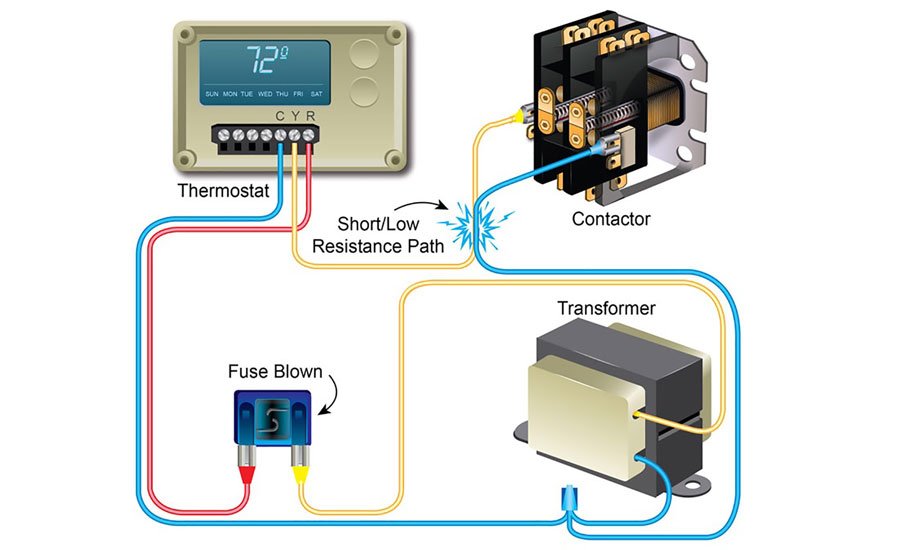Get Tech Tips
Subscribe to free tech tips.
Do You Need to Be Recovering Into a Vacuum?

This topic came up because I was testing out the new MR45 digital recovery machine. That machine goes off by itself when it hits a 20″ Hg vacuum. It's a cool feature, but it is good to know when that level of vacuum is overkill and when it's not enough according to EPA requirements.
You might ask, “Why would you need to recover into a vacuum?” Well, so long as you are above a PERFECT VACUUM (and you always are), there are still molecules of refrigerant in a system, even at 0 PSIG (14.7 PSIA at sea level). In low-pressure systems like centrifugal chillers, the entire system charge can often be in a vacuum when the system is off. That means that recovery on these systems means you START below 0 PSIG and go down from there. 
First off, let's pretty much assume that none of you are using recovery machines OLDER than 1993. So, really, you only have to look at the right side of the chart above.
If you are working on an air conditioning system with UNDER 200 lbs of refrigerant, you are safe taking your recovery to 0 or atmospheric pressure. If the system you are working on has OVER 200 lbs of refrigerant, or if you are working on a medium-pressure or low-pressure system, you will need to pull the system into a vacuum.
The EPA does make an exception if the system has a known leak and if pulling into a vacuum will result in contamination of the recovered refrigerant. Here is an excerpt from the EPA final rule summary from 1995 (still in effect):

Also, let me clarify that 25 mm hg absolute is another way of saying 25 torr or 25,000 microns; it's just a finer scale. It goes from 760 torrs (760,000 microns) down as the vacuum gets deeper, whereas inches of mercury (“hg) goes up as the vacuum gets deeper.
—Bryan










Comments
To leave a comment, you need to log in.
Log In